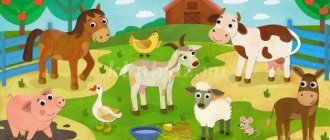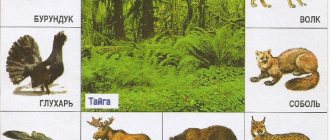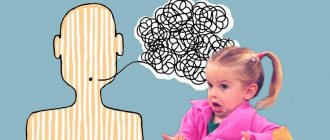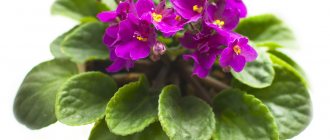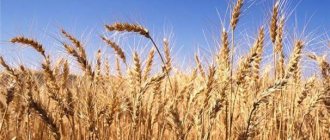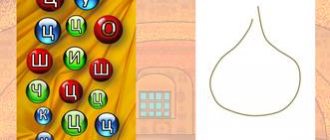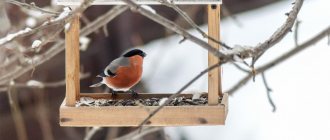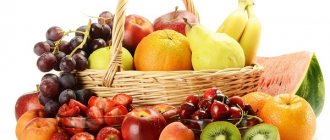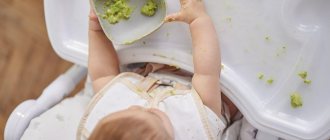Tip 1. How to teach a child to write stories based on pictures?
Coming up with a story is a very difficult task for a child, so at first he needs the help of adults. When a baby learns to come up with stories from pictures, he goes through several stages.
The first stage we always start with is finishing phrases . The adult sets the beginning of phrases, and the child finishes them. For example: “Once upon a time there was (says mother or teacher)…. (child finishes). One day she (mother’s words, baby completes the phrase) ... And Masha decided ... All of a sudden…. Masha thought..." and so on. These beginnings of phrases help the child learn to connect sentences in the text and build it logically and consistently.
This way you can come up with not only stories based on pictures, but also dramatizations with toys or compose a fairy tale on the way to the store, kindergarten or in line.
By the end of the stage (it can take from several weeks to several months), you will notice that the baby has begun to connect sentences in the text without any problems, i.e. He no longer needs your help.
The second stage is talking about the issues. We look at the pictures in their order with the child, discuss what happened and how it ended, why it happened, and come up with a title for the story.
After this, the baby talks, and you help him with clarifying questions: “Where did it all happen? Tell me how it all started? What happened next? What did the bear say? And what did the animals answer him? Why was the hedgehog angry? What did the hedgehog do? How did it all end? Sometimes a hint in the form of the beginning of a phrase will be required.
If the child does not know how to continue, continue it yourself, suggesting your idea, and the child will develop it. But don't force your plot on him.
By the end of the stage, three questions - explanatory phrases - will be enough to help the child: “Tell me how it all started, what happened and how it ended?” . These three phrases are very important because... any story always consists of three parts:
- beginning (place and time of action, heroes),
- the development of the action and some interesting incident (the climax - in scientific terms)
- end of the story (finale, denouement).
The third stage is creative storytelling. The child already knows how to write stories and enjoys looking at the pictures in the book. Therefore you can:
Idea 1. Together, come up with a continuation of the adventures of the heroes (Masha and Natasha in the village, Masha and Natasha in the zoo, Masha and Natasha in Children's World).
Idea 2. Ask the child to dictate his story to you (the child dictates a sentence, and you write it down, and so on until the end of the story). Then, together, read what happened again and change the words where necessary - to make the text more expressive and imaginative, fun and interesting. Make a little book or draw pictures for a story you have written.
Idea 3. There is another fascinating technique for telling stories based on funny pictures - this is... swapping the pictures.
For example, a series of pictures from a book looks like this. The first picture (1) - a boy with a net sees two red butterflies on the fence. The second picture (2) - butterflies in another place on the fence, the boy is running after them. Third picture (3) - Masha and the doll Natasha came out from behind the fence. It turns out that these were not butterflies, but red bows of Masha and Natasha.
We make a photocopy of the pictures, cut them out and... rearrange them like this: 3-2-1. That is, it turns out that first the boy saw Masha and Natasha walking past, and then the butterflies! And the butterflies flew from place to place! And this turns out to be a completely different story! What can children come up with? For example, the children came up with the idea that Natasha’s friend was walking behind the fence with her doll and these were their bows (by analogy). Or that they really were butterflies. Another children's idea was paper bows for kittens - the kids played with the kittens behind the fence. There can be a lot of ideas.
This version of the task develops imagination and creativity, teaches the child to find ways out of non-standard situations, and allows one to overcome patterns and stereotypes.
Nikolai Radlov. "Stories in Pictures"
This book is a classic children's humor picture book. A wonderful visual aid for the development of speech for preschool children - funny, kind, instructive. The book was first published in 1937, and in 1938 it took second place in the international children's book competition in America. Since then it has been constantly republished. In the modern version, the captions for the pictures from the archive have been clarified.
All the pictures are very funny, instructive and kind. It is easy to use them to compose stories and fairy tales. The kids will be happy to look at them and answer questions, and will learn to ask questions.
Tip 2. Options for interesting speech tasks based on pictures from the book.
What do you need to prepare?
In order to turn looking at pictures into an exciting speech activity, you will need to do a little preparation. Cut out rectangles from opaque paper or cardboard. Their size should be equal to the size of the pictures. You cover the pictures in the book with rectangles.
To help keep the rectangles in place, I attach them with Unu patafix, a non-marking and reusable attachment (available at art supply stores, hardware store checkout counters, and office supply departments).
How to work with a child? Choose one of the options:
- Pictures 1 and 3 are closed. The child guesses what happened before and after that and tells. And then we open the pictures and see if we guessed right. And we tell you how the artist came up with it. The task in this task is not to guess accurately, but to compose, solve an interesting riddle, and develop the child’s creativity and imagination. Therefore, the more options for events “before” and “after” you come up with, the better!
- Pictures 2 and 3 are closed, picture 1 is open. We tell you how it all started (where it was, with whom, when). And we come up with our own story further. 2. Then open the second picture - did we guess right? If you guessed right, then open the third one. If we haven’t guessed right, then we come up with a new ending to the story, taking into account what we have learned and solved (i.e., taking into account the second picture). Next, open the third picture - have we solved the “artist’s secret”? We are happy in any case, we are surprised if the ending turns out to be unexpected for us.
- The last picture is open - picture 3, the first and second are closed. Based on the last picture, we are trying to figure out what is drawn in the previous ones. Let's talk. And then we open it. You can open one at a time (as in the previous version), or both pictures at once.
This way you can study not only from this book, but also from all books with a series of funny plot pictures, which I will talk about later. To go to the book page, click on the picture with its cover in the table.
